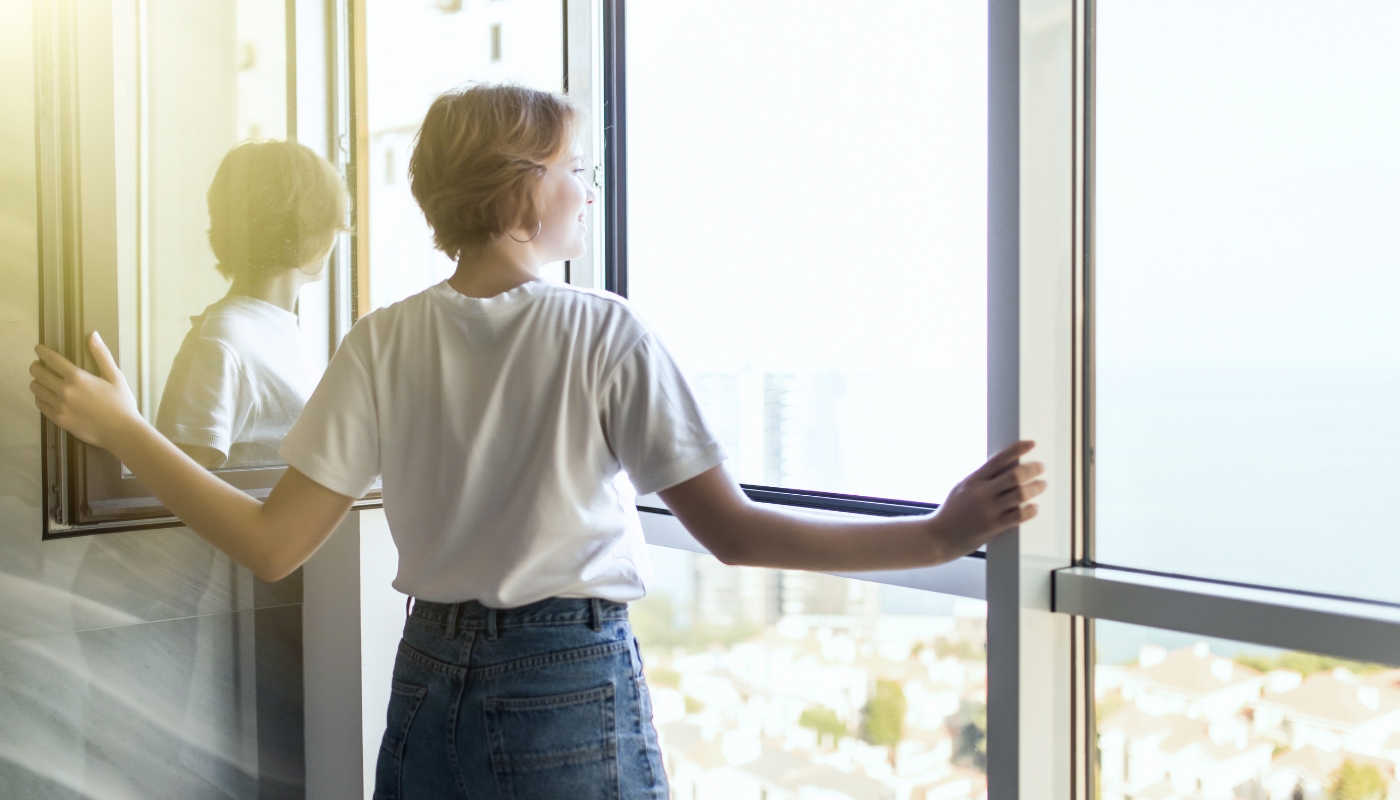Living in an apartment or building with a poor indoor climate can be an uncomfortable and unhealthy experience. A healthy indoor climate is simply a necessary luxury. Without it, numerous health problems can arise, from headaches and fatigue to annoying allergies.
In the old days, there was hardly a home free from draughts. You'd better have a pair of really good socks to keep warm. Nowadays, if you live in a newer apartment or building, we have tight moldings and windows and do what we can to save energy.
And if you're cold, you can just turn up the radiator. Or?
Understanding the heating system
Is colder better?
Most apartments are equipped with radiators that heat the rooms. When it is cold outside, and the elements are on, they are warm at the top and cool at the bottom. This is because they cool down when heat is released into the room. The warm air rises from the radiator and warms the cold air from the windows, thus preventing cold drafts.
To maintain a constant temperature, radiators are usually equipped with thermostats, which sense the temperature and automatically regulate whether more or less heat is needed. Usually, the thermostats are set to maintain a temperature of around 20-22°C in living rooms, which most people find pleasing. If it gets warmer, the heat supply is cut off; if it gets colder, more heat is released.
Hot summer day or freezing cold winter weather?
The heating system in your apartment or building also depends on outdoor temperature variations. When there is a rapid change in the outdoor temperature, the indoor climate may be unable to keep up. This means that maintaining an even indoor temperature can be challenging during spring and autumn.
With Edge installed at your building association, the system automatically considers the variations of the external impact – and controls proactively. This way, the indoor climate is adapted in advance, creating a more even indoor climate across apartments.
Tips for a better indoor environment
If you're looking to improve the air in your living space, here are a few tips:
1. Are the elements on?
Check that the thermostats on the elements are not turned off to avoid spending unnecessary energy on extreme heating. A lower temperature baseline is better to keep the temperature more balanced over time.
2. Keep ventilation hatches and outdoor air vents open
Houses are built to have a continuous circulation of air. Therefore, many apartments have fresh air vents in the walls or windows. Closed vents mean that air enters the apartment in the wrong way. This, in turn, can cause unwanted smells from a neighboring apartment or a cold draft. In the worst case, you may have problems with moisture and mold.
3. Furnish correctly
The heat from the radiator needs free space to work. If a sofa or other large furniture is placed in front of your radiators, the heat will not reach the room. The same goes for large, long curtains.
If a table is placed next to the window, the cold draft is led into the room, and the radiator only heats the air under the table. If you want to furnish against a radiator, create some space.
The rule of thumb is that what you can see from a radiator can also warm you from where you are standing.
4. Want to let in fresh air? Do it quickly.
Ventilate quickly and remember to keep windows and doors closed; otherwise, you risk cold floors that take a long time to warm up again. If you want to bring in fresh air, it is better to ventilate with a cross draft for five minutes than to leave the windows open for a longer period.
This way, you get fresh air into the apartment without cooling it down completely, and you also get the temperature up faster afterward.

5. Clean valves regularly
Without changing the setting, make sure to clean the valves on your radiators regularly. The same goes for the grease filter in the cooker hood. Check that the cooker hood is turned off or set at a lower setting when not used, as it will draw in more cold air.
If it still doesn't help
Sometimes air or dirt gets into the heating system, and the elements don't work correctly. In some cases, the elements may need to be aired to work properly. If you have followed our tips but still feel too hot or too cold, we recommend checking your apartment's temperature first.
Measure the temperature one meter from the outer wall and about one meter from the floor. Contact the responsible person in your board or a manager for further action if you still experience an abnormal temperature.
Want to stay on top of your air quality? Check our solutions for multi-residential properties.